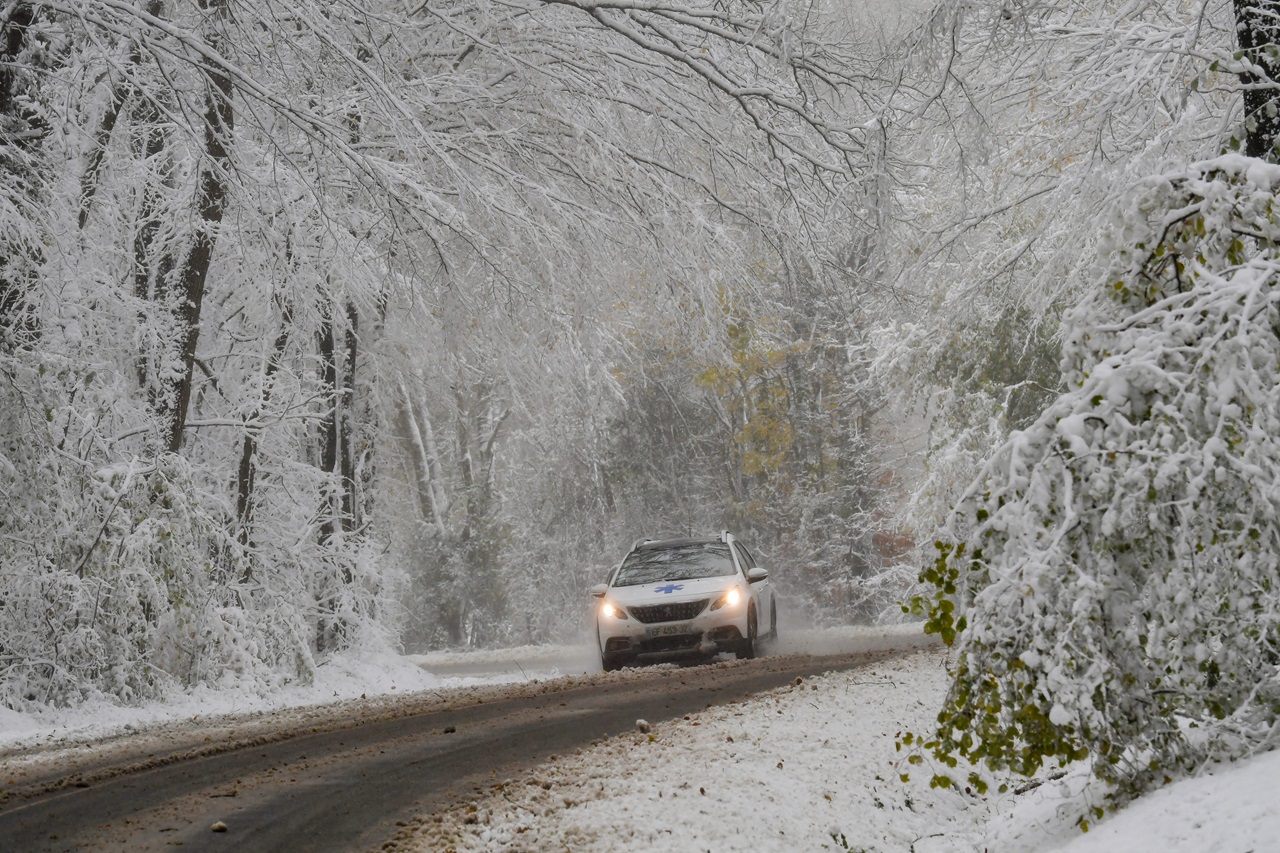
The long road to remapping 30th Street Station
Pretend you’re on the El/trolley/bus to 30th Street Station, where you plan to catch a Bolt bus to Baltimore/New York/D.C. You get off at Market Street, walk a block or so to the regional bus loading zone north of the station, and realize you’re 15 minutes early — and tired. Coffee is in order, but the bus queuing area is pretty far from the honey-colored 30th Street Station building. Do you have time? Why does everything feel so far apart?
However trivial, this is but one of the variety of travel anxieties caused by the layout of 30th Street Station. The degree of stress likely depends on your itinerary, but even within the colossal honey-brown building itself, transferring between two different transit systems can be a headache. Unless you’re a regular commuter, it’s not uncommon to spend a few minutes figuring out how to get from one line to the other.
This is a hardly a modern-day travel nightmare, but when you compound the other negatives of 30th Street — its disconnection from nearby hotspots, lack of vibrancy, the awful din of the Schuylkill expressway — you start to see why they’ve now begun planning for a more integrated “district” experience around the station.
The first of five semi-formal Q&A sessions was held last night in the station’s concourse. Representatives from the 30th Street Station District Plan team — a collaboration between Amtrak, Brandywine Realty Trust, Drexel and SEPTA — opened their ears to various complaints about the station, as well as concerns about its redevelopment.
These sessions are held for idea-sharing, though. No blueprints have been made. So far, the project’s goals are only a mix of buzzwords: community, connectivity, identity. Development that is “flexible” and “modular” and “adaptable.”
Here’s a breakdown on how these fluff words might materialize based on the ideas shared at the meet-up:
-
To have a district, to have any sense of community, 30th Street needs to become more pedestrian friendly. This means more green space, seating outdoors, and outdoor space. But how? The scenic river experience is marred by the expressway. And looking at the maps of the surrounding areas, there’s little available space for expansion. Something has to give. (Hint: it won’t be the Schuylkill.) One idea was to expand the station north into the Amtrak- and SEPTA-owned train yards. Or, we could build over the preexisting problems. What if we capped off the expressway and built a pedestrian promenade overtop? It worked in Brooklyn, one of the representatives said.
-
Connectivity. There needs to be a more fluid station layout that eases some the common grievances. A central platform of the new project is to integrate 30th Street Station with the “vibrant” areas nearby. (Yes, “vibrancy” is a vague concept, but very much part of the urban planning conversation these days.) University City, the business district on Market Street, Mantua, Powelton Village, the art museum area — the station is geographically within arm’s reach of all of these, but somehow feels so far away. Again, changing this requires some form of infrastructural rehab. Drexel currently has plans to build up the two empty blocks west of the station, currently used for the regional buses. But other partial solutions are wider bike lanes on the bridges and easing off-ramp congestion from the expressway.
-
The “identity” portion of the plan roughly translates into more commercial opportunities. One representative mentioned looking at New York’s Grand Central Station. An entire micro-city has emerged out of the city’s major transit hub. Shops and vendors sprawl from above and underground, in the station and beyond. This means creating an atmosphere that attracts businesses beyond just Dunkin Donuts and Cinnabon. But this could quickly pose a problem in the nearby residential areas. A woman from the Powelton Village/Mantua area came to the Q&A session last night to ensure that she wouldn’t be “left out of the discussion” when it comes to development.
Currently, 63,000 people pass through 30th Street Station every day. But this is expected to spike as Philadelphia becomes a more accessible business hub. Amtrak’s master plan is to expand its business up and down the Northeast corridor, with more high-speed routes. Imagine a 37-minute train from 30th Street to Penn Station. It suddenly opens up the possibilities for inter-city regional commuting.
But the most important thing to remember is that the station’s redevelopment is long-term. Phase one has already raised $5.25 million. And there are short-term projects that will happen in the near feature — the Drexel-owned blocks, smaller projects using space in the train yards — but the larger remapping of the district might take until 2040.
The next open house Q&A hasn’t been announced yet, so sign up for District 30’s newsletter to stay informed.








DEJE UN COMENTARIO:
¡Únete a la discusión! Deja un comentario.